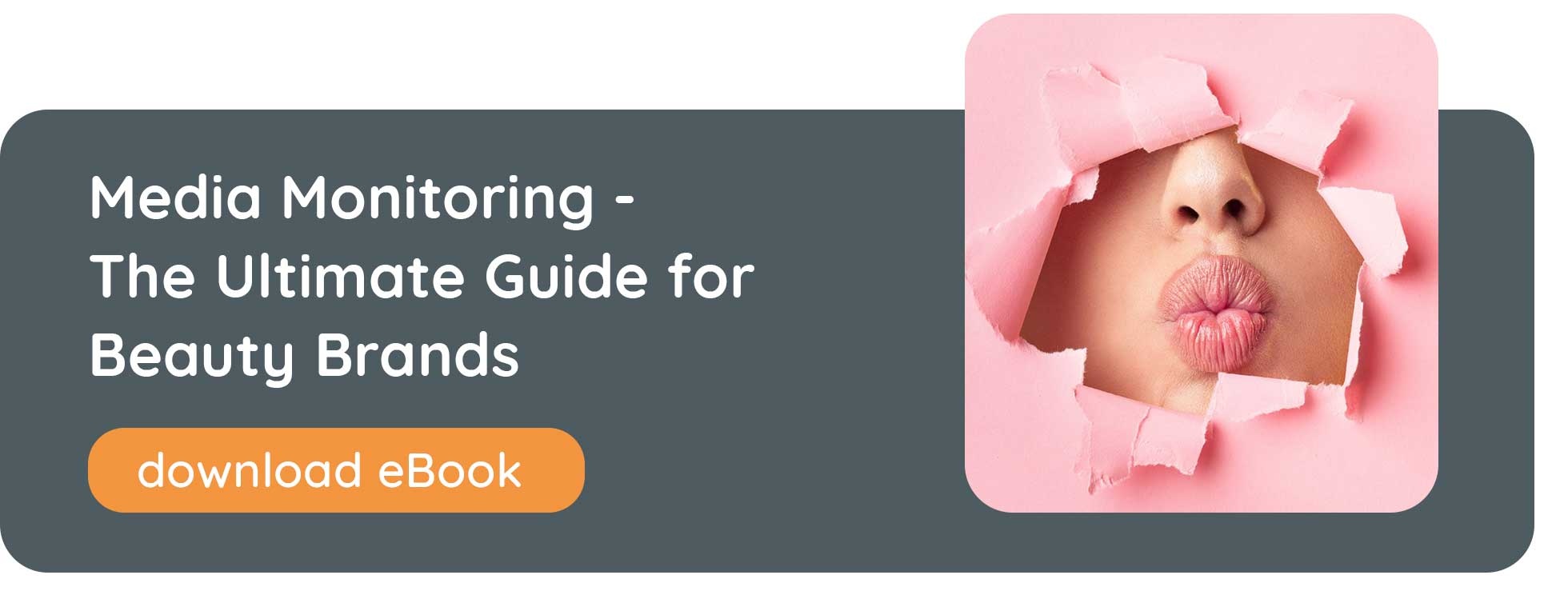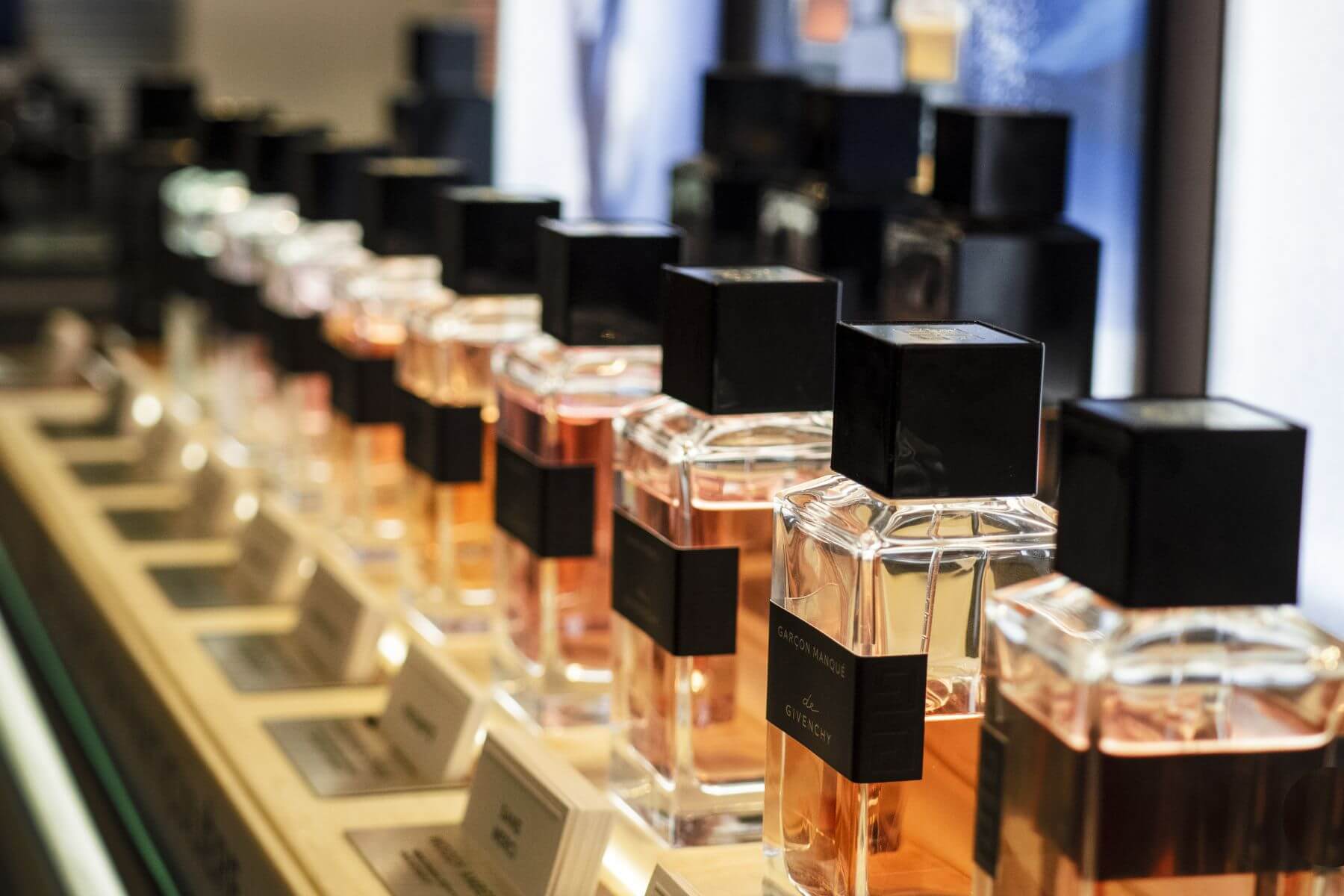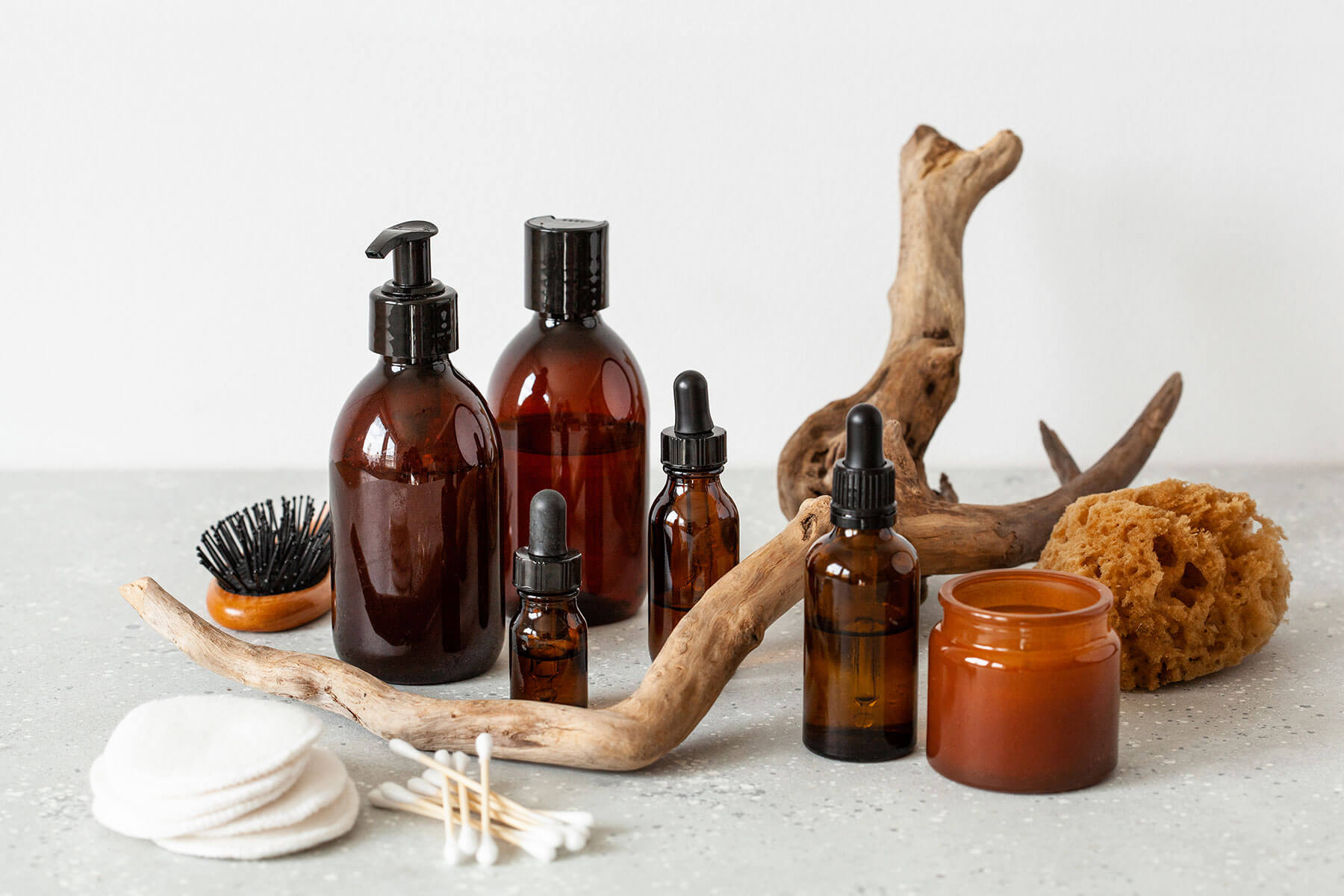In an industry as large, ever-evolving and fiercely competitive as beauty, gaining value market share (VMS) means taking an agile and, often, data-driven approach to refining your communications. You can boost your share by driving sales with everything from product page content, to co-op advertising, to influencer programs – meaning all areas of each beauty business should be committed to increasing VMS.
But what are the key steps you should take to protect value market share? Here’s everything beauty brand teams need to know…
How to Keep Ahead of the Competition
1. Get the Word Out About Your Brand
In a saturated market, speaking above the marketing noise is key. You want to get your brand noticed by as many people as possible, and earned media will help you do this. To understand just how impactful your PR strategy is, make sure you’re monitoring industry-wide media mentions, so you can add context to your own coverage and spot potential gaps. Not only will you be able to see if your competitors are gaining more (or less) presence than you; you’ll also have the ability to analyse where that coverage is coming from.
2. Choose Influencers With Strong Brand Affinity
It’s not enough to select influencers based on how big their audience is. (In fact, micro influencers often have some of the most engaged fanbases of all.) The true secret to making your influencer programs work for you comes down to brand affinity; consumers crave authenticity, which is why your partnerships should feel like a natural ‘fit’. Work with an influencer service, like influencerCONNECT, to identify the top talent for your brand, using filters to ensure they match your audience demographic and interests. You can also get a true view of their engagement figures and prospective earned media value, so you can more accurately predict what impact your partnership might have.
3. Strengthen Your Etailer Partnerships
Etailers are the new influencers. The likes of Cult Beauty and Space NK have become media outlets in their own rights, with millions-strong followers and readers across their social media channels. To improve your chances of gaining a feature on these illustrious platforms, try promoting your preferred etailers in paid media ads, organic posts and press releases. By driving traffic to their store, you’ll be in a better position to be awarded organic coverage on retailer blogs. This can also help to make your co-op ads feel more holistic to customers.
Speaking of co-op ads; when working with etailers to plan your banner placement, make sure your presence is optimised by using a digital tool, such as adCHECK, to identify lucrative positions. You’re aiming for a high share of voice, and the correct analytics will help you gain it tactically. You’ll also be able to see where your competitors have invested – both in the past and present.
4. Optimise Products On Your Digital Shelf
Ensure that, when customers reach your product pages, they have all the information they need to make an informed purchase. This may mean rewriting, refreshing and optimising your existing beauty product content. Your copy should accurately describe what’s in each product, how it works and how to use it, while your images should cover crucial details, such as packaging, swatches and application. It’s also important to check that reviews are visible and genuine, as 99% of shoppers always or sometimes read ratings and reviews when shopping for beauty products online.
5. Look at Competitor Launches and Pricing
One of the largest factors to affect market share is new competitor launches and promotions. By releasing a buzz-worthy serum or discounting fragrances, they can elevate both value and volume market share. By utilising monitoring tools across etailers, you can see where these promotions and launches have taken place, and understand how they might be eroding your own VMS. You can also use an analytics platform, such as pricePOINT, to see how competitors are pricing their new products, and decide if your own RRPs can be adjusted to improve sales.
6. Review Your Presence On the Amazon Marketplace
With one-third of all online beauty sales taking place on Amazon, you’d be remiss not to keep a close eye onyour presence across the etailer. The marketplace means third party suppliers can stock and sell your products on the site, and if they’ve been acquired illegally, those sales won’t count towards your market share calculation. However, by harnessing a compliance marketing tool, like marketPROTECT, you can quickly identify unauthorised sellers and understand how much of your market share is being lost to them. To put the impact into clearer context, you should also be looking at levels of competitor stock being sold by these sellers. If they have the problem under control, their value market share is likely to be higher.
Up next: Get a headstart in 2022, and book a demo with us to understand how our beauty industry expertise can help you navigate the competitive landscape to drive sales.





